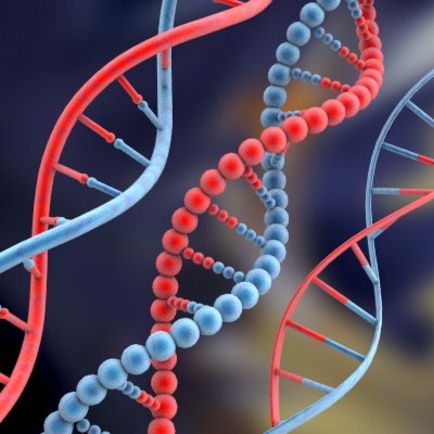The underlying central metaphor of the new Marvel film "Spider-Man: Far From Home" is that news shouldn't be trusted. Many agree, but whether or not people label it "fake" seems to be based on how different their own bias is.
If you are a Republican and regard CNN is biased, having a conservative voice on their network does not make the outlet seem less biased, it makes the participant seem less credible, even if they believe the individual is honest.
In modern American culture, two exploratory fields in science compete to scare the public or suggest the promise of miracle cures; epidemiology and studies in mice.
Many people who are old enough to have experienced the first moon landing will vividly remember what it was like watching Neil Armstrong utter his famous quote: That’s one small step for a man, one giant leap for mankind”. Half a century later, the event is still one of the top achievements of humankind. Despite the rapid technological advances since then, astronauts haven’t actually been back to the moon since 1972.
This seems surprising. After all, when we reflect on this historic event, it is often said that we now have more computing power in our pocket than the computer aboard Apollo 11 did. But is that true? And, if so, how much more powerful are our phones?
Andras Kovacs studied Physics at Columbia University. He currently works as CTO of BroadBit Batteries company. Andras recently wrote an interesting book, which I asked him to summarize and introduce here. The text below is from him [T.D.]

This blog post introduces a newly published book, titled "Maxwell-Dirac Theory and Occam's Razor: Unified Field, Elementary Particles, and Nuclear Interactions".
The fossilized skull of a Paleolithic adult man from around 33,000 years ago and known as the Cioclovina calvaria has been extensively studied. But there was controversy over trauma on the skull--specifically a large fracture on the right aspect of the cranium and whether that specific fracture occurred at the time of death or as a postmortem event.
Computer simulations using twelve synthetic bone spheres tested scenarios such as falls from various heights as well as single or double blows from rocks or bats. Along with these simulations, the authors inspected the fossil both visually and virtually using computed tomography technology.
This paper in Nature shows that if the world including China and India gradually ramp up their commitments to become 1.5°C compatible, then the new coal fired power plants they built recently or are building right now will need to be used at low capacity or for a shorter than usual lifetime than the industrial average of 53% capacity for 40 years.
Though Europe and Asia still smoke far more cigarettes than intelligent people should, and therefore cancer rates due to that will stay high for another 20 years or more, the clear trend in lifestyle diseases is obesity-related ones.
That is actually a win, and far better than the bleak Population Bomb promoted by people like John Holdren and Paul Ehrlich just a few decades ago. Though there is still famine in parts of the world, they are parts of the world where groups opposed to science can manipulate people who don't trust outsiders or understand the technology, no differently than than distrust vaccines. The peaks and valleys of food have leveled out so famine is only going to decrease.
Our bodies can deploy biomolecules to find, tag and destroy invading pathogens. They work by binding to specific targets, called epitopes, on the surfaces of antigens - like locks to keys.
This selective tagging mechanism in natural antibodies has been valuable in engineering antibody-based probes that let them purify and study different types of proteins within cells. One technique, epitope tagging, involves fusing an epitope to a protein of interest and using fluorescently labeled antibodies to make those proteins visible - but only in fixed, dead cells.
Though numerical models don't always correlate with reality, a new paper states that the world can achieve a 2 degree Celsius climate-stabilizing goal and reach net-zero emissions by mid-century, without closing newer plants that, let's be honest, no country is going to close.
Are you going to be in the Hamburg (Germany) area on July 7th? Then mark the date! The AMVA4NewPhysics and INSIGHTS ITN networks have jointly organized, with the collaboration of the DESY laboratories and the Yandex school of machine learning, a public lecture titled "Artificial Intelligence: past, present, and future". The lecturer is Prof. Pierre Baldi, from the Center for Machine Learning at the University of California Irvine.
The venue is the auditorium (horsaal) of the Deutsches Elektronen-Synchrotron (DESY) laboratories, just west of the center of Hamburg, at Notkestrasse 85. The event starts at 5PM.










